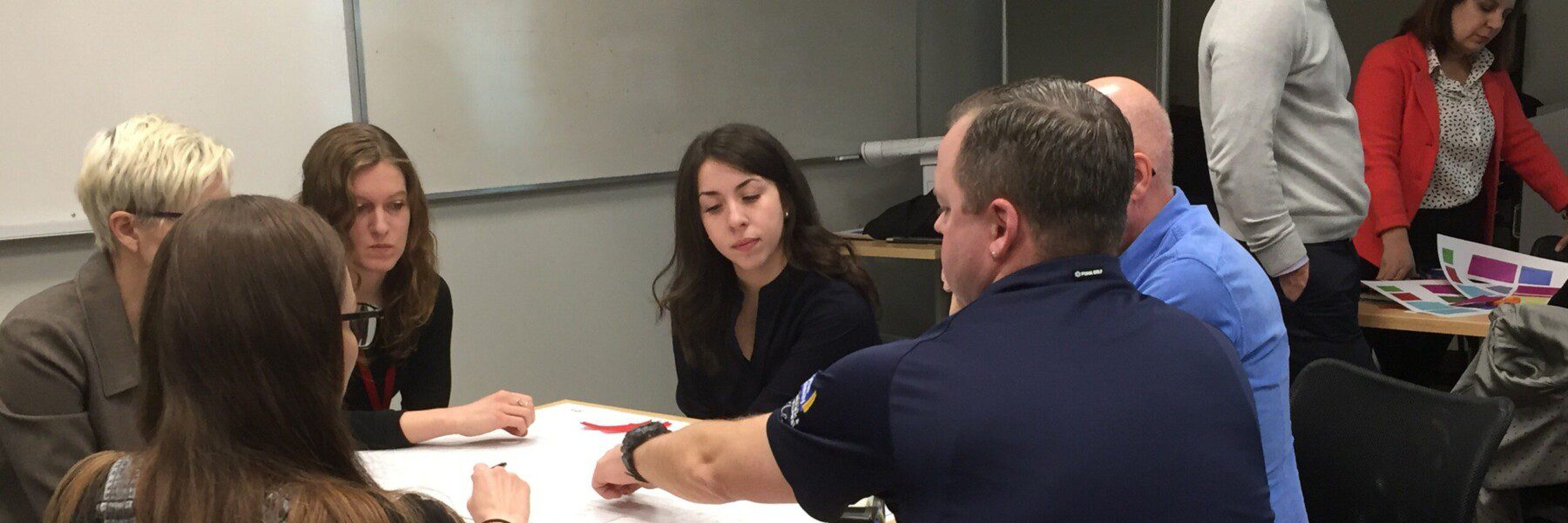Listening to Indigenous voices is a vital aspect of the Native American Initiative at Shelburne Museum. From care and stewardship of the more than 300 items in the collection to design of the building that will house them and the surrounding landscape, hearing from Tribes has been a priority at every step of the project.
The Perry Center for Native American Art, in the early stage of design, will be devoted to the housing and exhibition of the collection, which represents more than 80 Tribes across North America. The Museum has employed an Indigenous form of information gathering—the Talking Circle—to hear from local Abenaki upon whose traditional lands the collection will reside, as well as members of the Tribes who are represented through items in the collection.
Leading this process is Two Row Architect, an Indigenous-owned firm based in Six Nations of the Grand River First Nation in Canada. Matthew Hickey from the Mohawk Nation and a Partner at Two Row explained the process and its significance in design. First, the term Talking Circle is a bit of a misnomer.
“The term Talking Circle is counter intuitive in the way we use the terminology. For us, the architectural designers curating and chairing the meetings, we really aren’t talking. We are there to listen,” Hickey said. “We are trying to get as many ideas open on the floor without interruption.”
The series of Talking Circles started by engaging the host nation, the four bands of the state-recognized Abenaki. Leaders from the Tribes provided insight into the significance of place, in this case the land where the Museum sits. The architects wanted to learn what plants are important to them, what are their unique ceremonies, what knowledge and teachings do they have about the place, and how the Abenaki interact with this place specifically.
Additional Talking Circles will focus on the collection and hearing from members of the Tribes whose items are represented in the collection and understanding more about the respectful care and stewardship of those items.
“We are taking a look at this from two different ways,” Hickey said. “What is the identity of this building? It should be Abenaki and it should honor the host nation. Items in the space, the internal content, should be informed by the Talking Circles we have with the people where the items come from. There may be commonalities to some degree, but there will be unique moments with items in the collection that need to be looked at and taken care of in unique ways.”
Ultimately, Two Row serves as translators, taking what they have heard and learned in the Talking Circles and incorporating it into the building and landscape design.
“What makes Shelburne’s project unique and challenging,” said Hickey,”is the number of cultures the project touches.”
We could not agree more.

